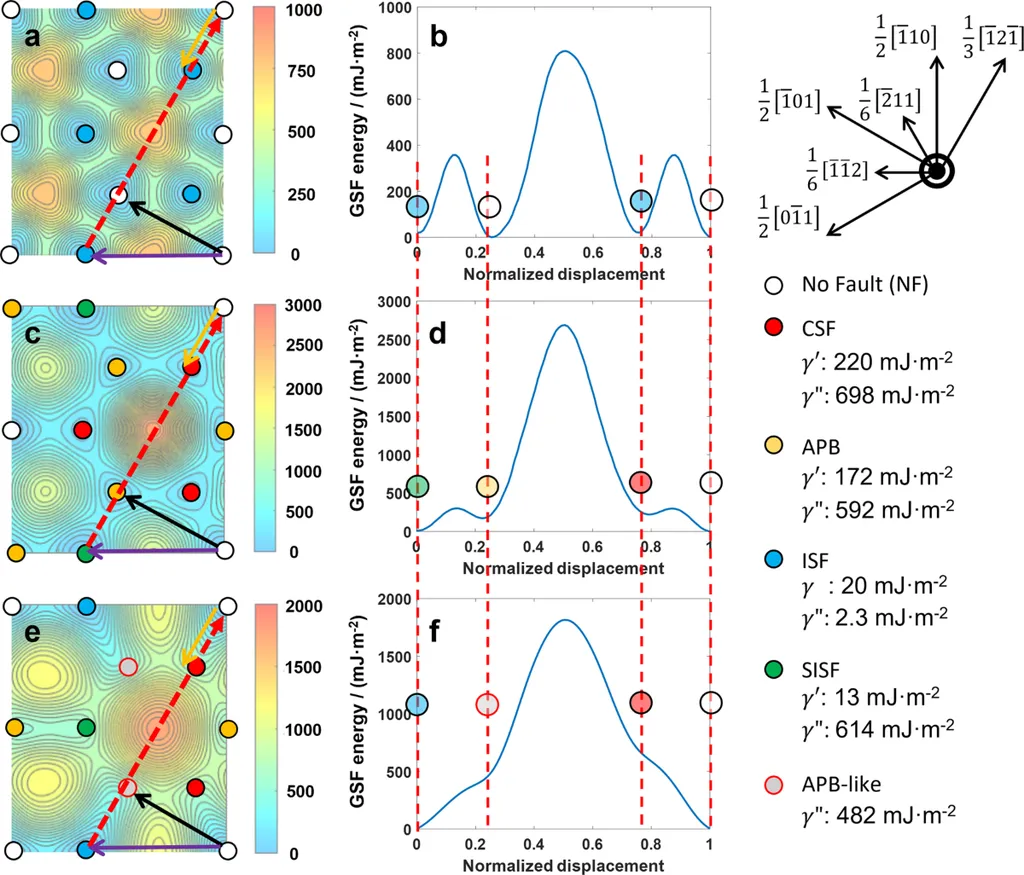In a groundbreaking study published in the journal *AIP Advances*, researchers have uncovered crucial insights into the anisotropic nature of the elastic modulus in fault materials, a finding that could significantly impact the energy sector. Led by Chengbo Li from the College of Materials Science and Engineering at the Anyang Institute of Technology in China, the research employs the discrete element method to explore how the shape of fault materials influences their elastic properties.
Traditionally, the elastic modulus—a measure of a material’s stiffness—has been treated as an average value across fault gouges, the crushed rock found in fault zones. However, this approach overlooks the anisotropic nature of the modulus, which varies depending on the direction of measurement. Li’s study derives and verifies formulae to calculate this anisotropy in ellipsoidal assemblies of different shapes, revealing that shape-induced anisotropy significantly affects the elastic modulus.
“The findings indicate that the elastic modulus is not uniform but varies with the direction of measurement,” Li explained. “This anisotropy is crucial for understanding the behavior of fault materials under stress, which has implications for earthquake prediction and energy exploration.”
The study also simulates the process of elastic wave propagation, estimating wave velocity using the time-of-flight method. The results validate the accuracy of the anisotropic decomposition, showing that the relationship between velocity and shape is consistent with that derived from the anisotropic decomposition of the elastic modulus. In contrast, the global average modulus, which disregards anisotropy, fails to acknowledge this relationship.
“This research highlights the critical importance of considering modulus anisotropy in fault gouges,” Li added. “It evidences the efficacy and universality of this approach, which can be readily applied to other physical properties with orientation dependencies, such as polarization, magnetization, and principal axes of stress or strain.”
The implications for the energy sector are profound. Understanding the anisotropic nature of fault materials can enhance the accuracy of earthquake prediction models, which is vital for ensuring the safety of energy infrastructure. Additionally, this knowledge can improve the design of drilling and extraction processes, particularly in areas prone to seismic activity.
The study, published in the journal *Advances in Physical Sciences*, underscores the need for a more nuanced approach to understanding the mechanical properties of fault materials. By acknowledging and accounting for anisotropy, researchers and engineers can develop more robust models and technologies, ultimately contributing to the safety and efficiency of energy operations.
As the energy sector continues to evolve, the insights gained from this research could shape future developments in seismic monitoring, fault analysis, and the design of energy infrastructure. By embracing a more comprehensive understanding of material properties, the industry can move towards a more resilient and sustainable future.

